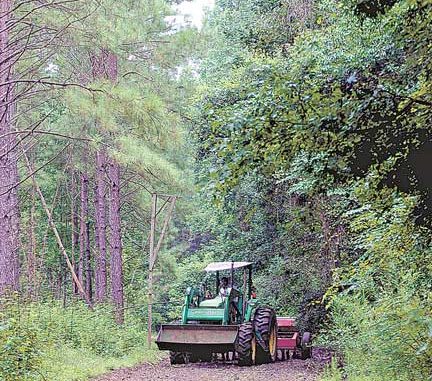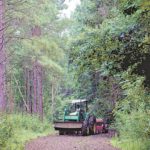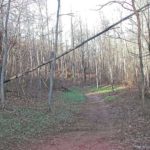
Traditionally, feed corn has been a staple attractant many deer hunters have used to draw deer into their hunting area. However, poor crop production and increased demand for corn has pushed many hunters into developing food plots as the primary attractant on their farms.
Unlike corn, typical food-plot crops actually meet nutritional requirements for wildlife and are legal throughout the country. While it takes additional resources to establish and maintain hearty food plots, their merit as a nutritional, high-quality food source is well known and proven.
Rich food sources packed with high protein and nutritional value lure wildlife in from afar during the fall and winter months. Deer and other wildlife seek out these food sources during the fall when preferred natural foods are no longer available. As autumn draws near, wildlife managers shift gears and plant new crops to withstand the harsh temperature regime of the fall and winter.
Cool-season food-plot mixes mature quickly, providing nutrient-rich forage and create a new, hot stand site. There is no single food-plot planting that can provide complete, balanced nutrition year-round, making food-plot mixes attractive to farm managers and wildlife.
A seed-variety mixture offers complete nutrition over mono-cultured crops. The majority of fall mixtures contain varieties of peas, oats, clovers, blue lupine and rape. These plantings are all attractive and provide balanced nutrition to wildlife during the fall and winter.
Jonathan Phillips of Black River Plantation has a systematic method to produce a variety of forage crops for his herd in the fall. He plants many small plots from a quarter-acre to eight acres, using a dominant seed type in each plot, but he will mix other seeds in.
“I plant buck-forage oats, durena clover, Austrian winter peas, crimson clover, and will toss handfuls of turnip seeds into the hopper, as well,” Phillips said.
Recently, Phillips has started utilizing a new seed-mix called “Magic Carpet” that’s produced by Wannamaker Seed Company of St. Matthews. Magic Carpet is a mix of fast-emerging forage plants heavily weighted with soybeans, iron and clay peas. “The deer love Magic Carpet on the plantation, and we are starting to plant more of it around the property,” Phillips said.
While many seeds are good for fall plots, clover is especially important to deer, providing tasty, tender shoots to eat. Unlike many other plants available in the fall, clover has a high percentage — 20 to 30 percent — of digestible protein. Since clover is part of the legume family, it absorbs and transfers atmospheric nitrogen into the soil, reducing fertilization.
Clover continues to produce throughout the winter, even after heavy browsing. A portion of fall plantings should include clover as one of the ingredients to provide a long-lasting, nutritious food source throughout the winter.
With fuel prices steadily rising and seed costs following suit, Hugh McCrea of Big Woods Outfitters in Williamsburg County keeps it simple and plants another Wannamaker Seed Company product called “Ultimate Fall Mix” that is a mixture of 70-percent naked oats, 15-percent blue lupine, and 5-percent German winter peas.
“Wannamaker puts out the fall mix that really pulls the deer out of hiding, providing our herd with highly nutritious wintertime forage at an economical cost,” McCrea said.
Blue lupine, a.k.a. “deer ice cream,” produces a blue flower and is accredited to provide a highly-digestible protein food source highly favored by deer. The German winter pea included in the mixture is considered to have a “sugary” taste and has a high re-growth rate after eaten, according to Wannamaker. The “Ultimate Fall Mix” can be broadcasted and raked in with little effort or can be planted with a “no till” drill as well.
Planting the right fall seed mix, packed with protein and a cold-resistant framework, will produce the best food plots for wildlife on the farm.






Be the first to comment